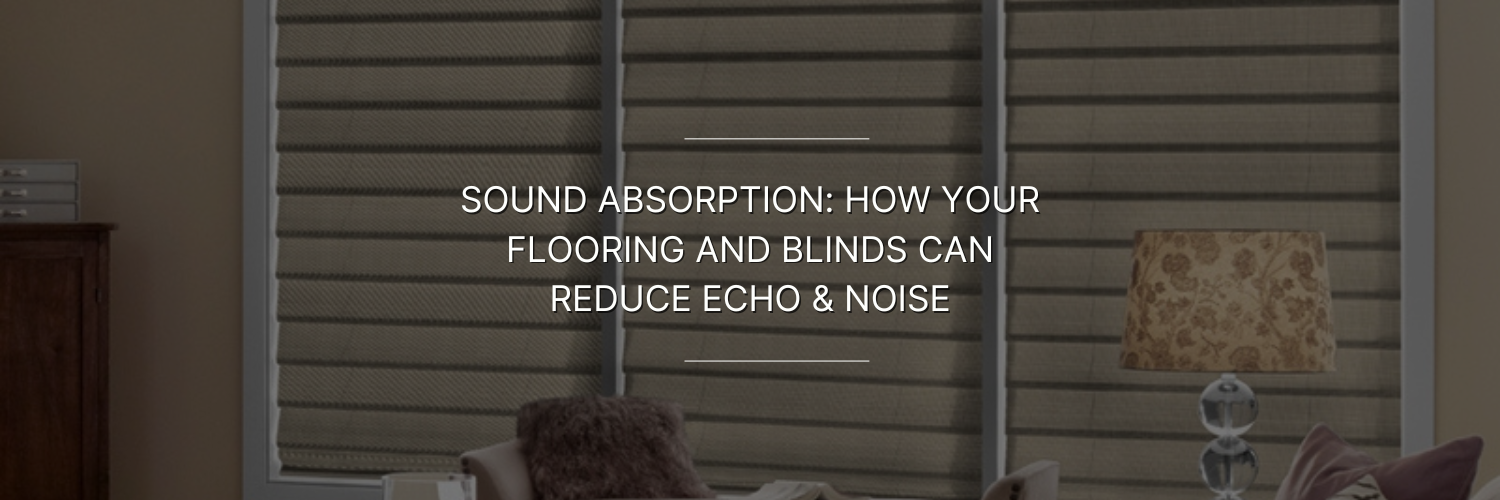A peaceful home isn’t just about beautiful interiors, it’s about creating an environment that feels calm, quiet, and comfortable. Whether you’re working from a home office, studying, or relaxing in your living room, unwanted echoes and background noise can be distracting. The good news? Your flooring and window treatments can do more than just look good, they can actually help absorb sound and enhance acoustic comfort.
Let’s explore how wood flooring and layered blinds can play a major role in reducing noise levels and improving the acoustics of your space.
1. The Role of Flooring in Sound Control
Flooring materials have a huge influence on how sound travels through a room. Hard surfaces like marble or tiles tend to reflect sound, creating echoes, especially in large or empty spaces. On the other hand, wooden flooring has natural acoustic properties that absorb vibrations and minimize sound reflection.
Why Wooden Flooring Works
- Natural Density: Wood acts as a sound buffer, reducing both airborne and impact noise.
- Warmth and Texture: The organic grain and layered composition of wood help break up sound waves, creating a softer and quieter environment.
- Underlay Advantage: Adding a foam or cork underlay beneath wooden flooring enhances sound insulation even further, making it ideal for multi-floor homes or apartments.
This makes engineered wooden flooring perfect for rooms like home theaters, study areas, or bedrooms, where quietness and comfort are key.
2. Layered Blinds and Curtains for Sound Absorption
Windows are another major source of sound reflection. To control acoustics effectively, opt for layered window treatments that combine blinds and curtains.
How Blinds Help
- Fabric blinds (like Roman or cellular blinds) create an additional sound barrier by trapping air between layers.
- Roller or zebra blinds made from thicker materials also help in muffling outside noise while maintaining privacy.
For even better results, layer blinds with curtains – sheer blinds for daylight control and heavy drapes for sound dampening. This dual treatment not only improves acoustics but also adds warmth and texture to your interiors.
3. Room-Wise Recommendations
- Home Theaters: Combine engineered wooden flooring with layered blinds or blackout curtains to create an immersive cinematic experience.
- Study Rooms: Use cellular blinds and matte-finish wood floors to maintain quiet focus while preventing harsh echoes.
- Living Rooms: Pair light-colored wooden floors with fabric blinds for balanced acoustics and aesthetic appeal.
If your home has high ceilings or large glass windows, these combinations will drastically improve sound quality and reduce reverberation.
Conclusion
Creating a calm and acoustically balanced home doesn’t always require major construction, the right flooring and window treatments can make all the difference. By choosing wooden flooring and layered blinds, you not only enhance your home’s elegance but also enjoy quieter, more comfortable spaces.
Vista Fashions offers a premium range of acoustic-friendly flooring and blinds, designed to combine functionality with refined aesthetics, perfect for homes where style and serenity go hand in hand.



